Sweet Yuca Cassava Manihot – 5 Sweet Cuttings – Cassava Root Plant for Planting
Original price was: $35.99.$21.99Current price is: $21.99.
Get 5 Sweet Yuca Cassava cuttings for planting! This tropical plant thrives in warm climates and produces edible roots when properly prepared. Perfect for growing your own food!
Estimated arrival
Dec 16
Dec 21 - Dec 23
Dec 26 - Dec 30
Reasonable Price
We offer reasonable price

Support 24/7
Contact us 24 hrs a day

100% Money Back
You've 30 days to Return

Payment Secure
100% secure payment
Grow Your Own Sweet Yuca Cassava
Cultivate your own Sweet Yuca Cassava with these 5 sweet cuttings. This versatile plant, also known as manioc, offers a rewarding gardening experience. While typically grown as an annual due to frost sensitivity, it can thrive in warmer climates or be overwintered indoors. Enjoy the satisfaction of harvesting your own cassava roots, a staple in many cuisines.
The Sweet Yuca Cassava plant features elongated tuberous roots that are the source of cassava, tapioca, and other food products. Remember that these roots are toxic when raw and require proper preparation and cooking before consumption. Plant your cuttings in full sun or partial shade, ensuring moist, fertile, sandy, well-drained soil for optimal growth.
Benefits of Growing Sweet Yuca Cassava:
- Homegrown Goodness: Enjoy fresh, homegrown cassava roots.
- Versatile Ingredient: Use cassava in various culinary applications.
- Ornamental Value: The plant’s lush foliage adds a tropical touch to your garden.
- Educational Experience: Learn about plant cultivation and food preparation.
- Sustainable Gardening: Reduce your reliance on store-bought produce.
Cultivated Cassava is classed into two different varieties: bitter, which is primarily grown for starch, and sweet, which is primarily grown as a vegetable. In cooler climates, a frost will cause the plant to die back to the ground without producing edible roots suitable for harvest. However, should this happen, the plant will sprout again in the spring. Alternatively, Cassava can be grown in a container and be overwintered indoors.
Frequently Asked Questions
- How long does it take for the cassava roots to mature and be ready for harvest?
- What is the best way to prepare sweet cassava roots for cooking?
- How much sunlight do these cassava cuttings need daily?
- What is the ideal soil pH for growing sweet cassava?
- Can I grow sweet cassava in a container, and what size container is recommended?
Typically, sweet cassava roots are ready for harvest in about 8-9 months after planting the cuttings.
Peel the cassava roots and boil or steam them thoroughly to remove any toxins before using them in your recipes.
Sweet Yuca Cassava thrives with at least 6-8 hours of direct sunlight each day, although partial shade is also tolerated.
The ideal soil pH for sweet cassava is between 6.0 and 6.5, which is slightly acidic.
Yes, you can grow sweet cassava in a container. A container that is at least 20 gallons in size is recommended to allow sufficient space for root development.
Be the first to review “Sweet Yuca Cassava Manihot – 5 Sweet Cuttings – Cassava Root Plant for Planting”

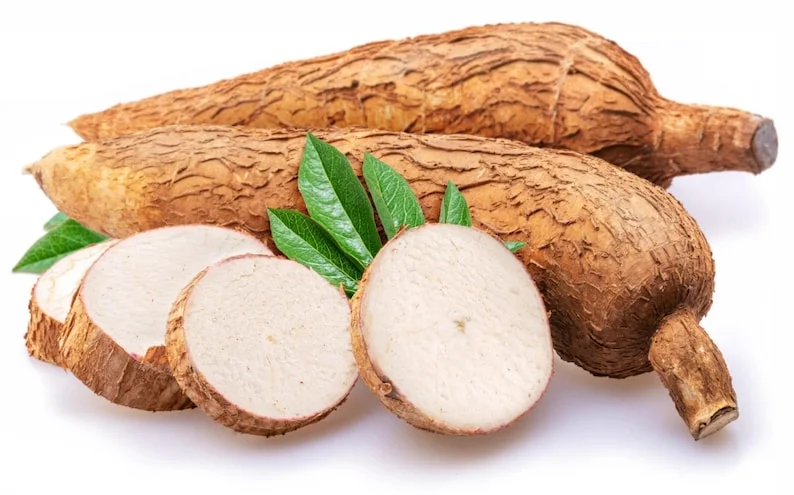


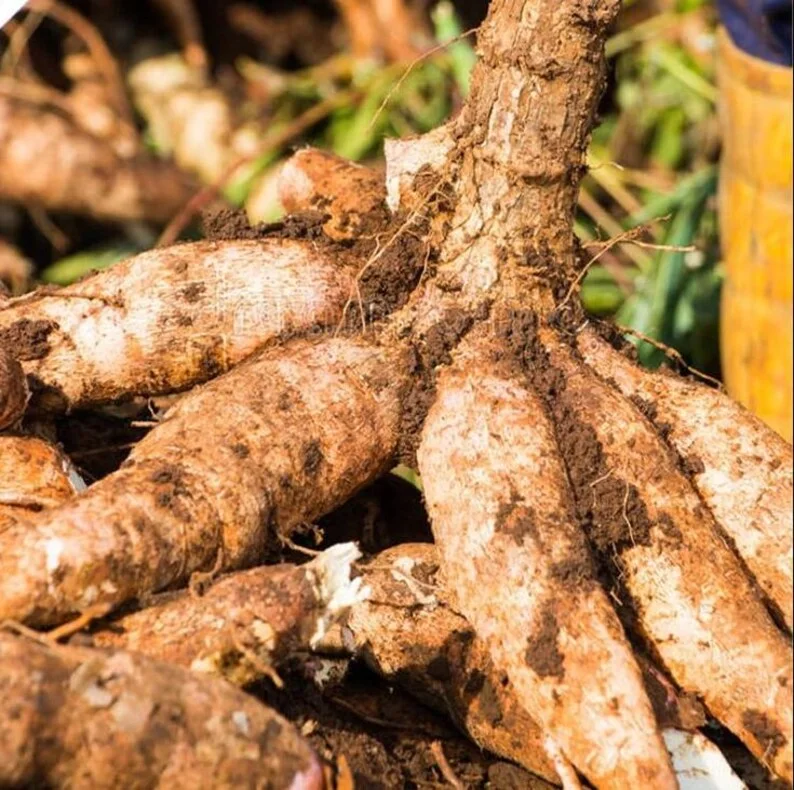
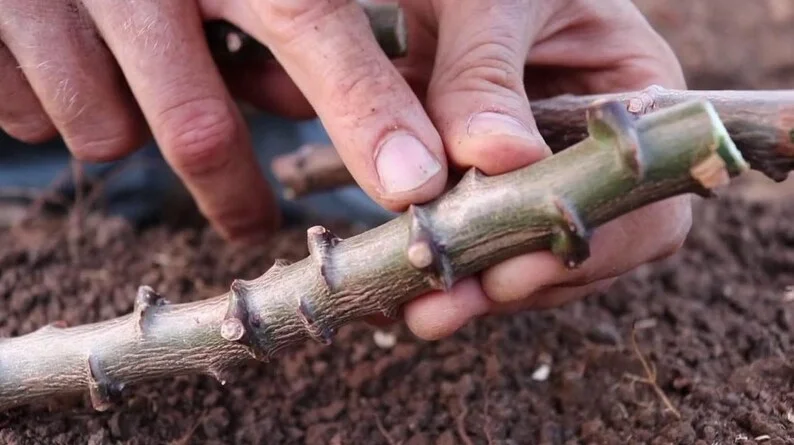
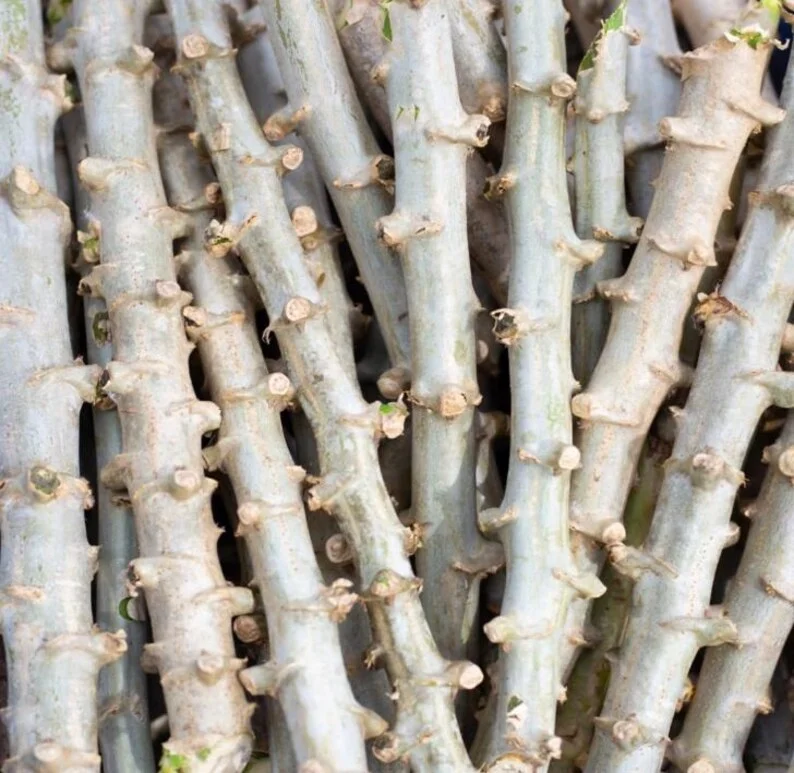


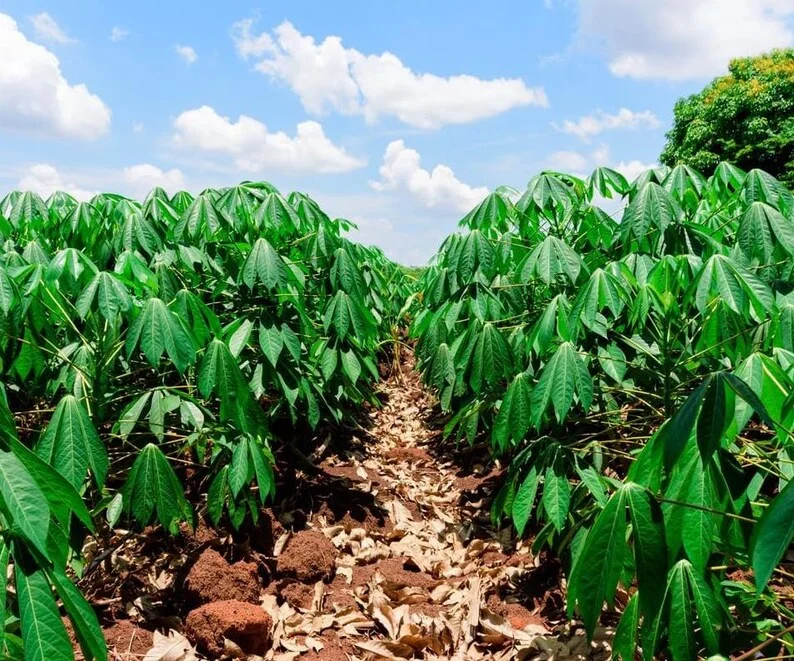
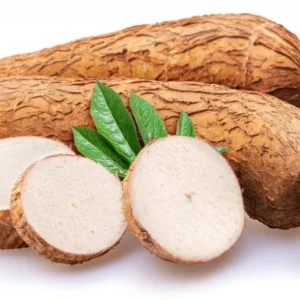
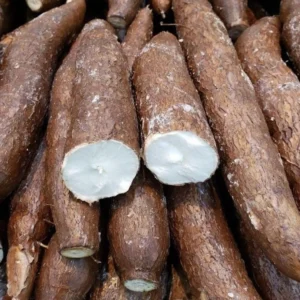
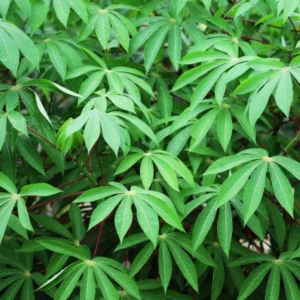
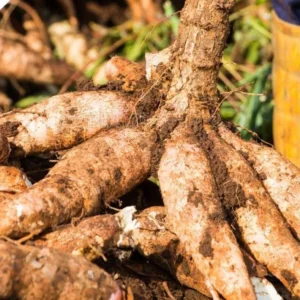
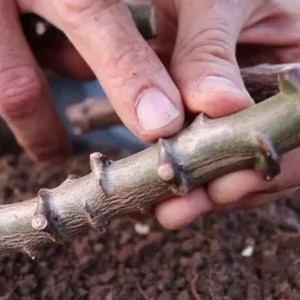
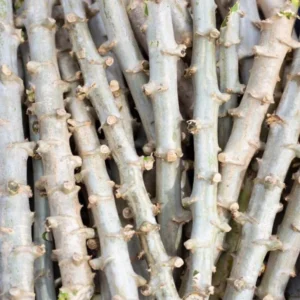
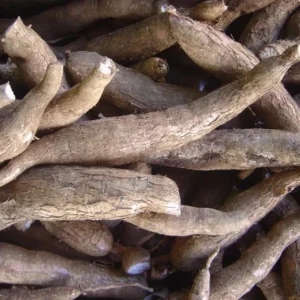
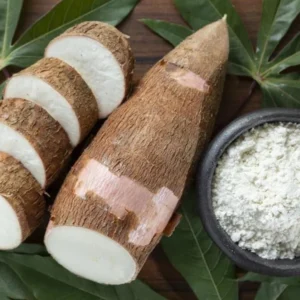
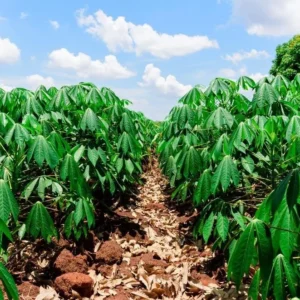

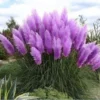


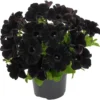

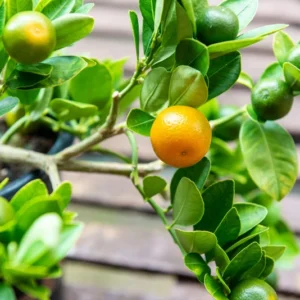
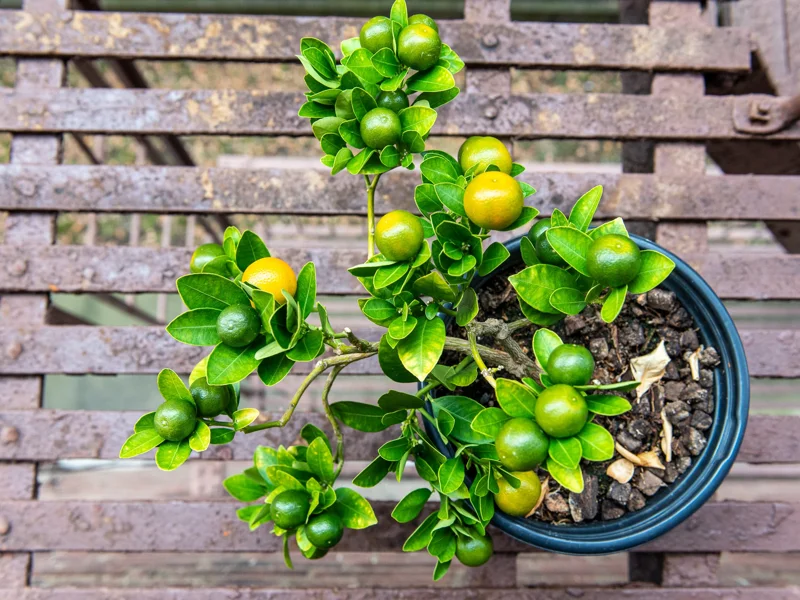
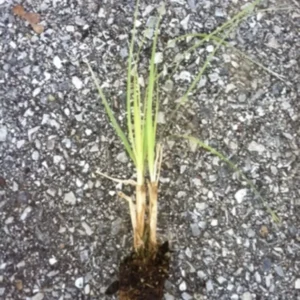
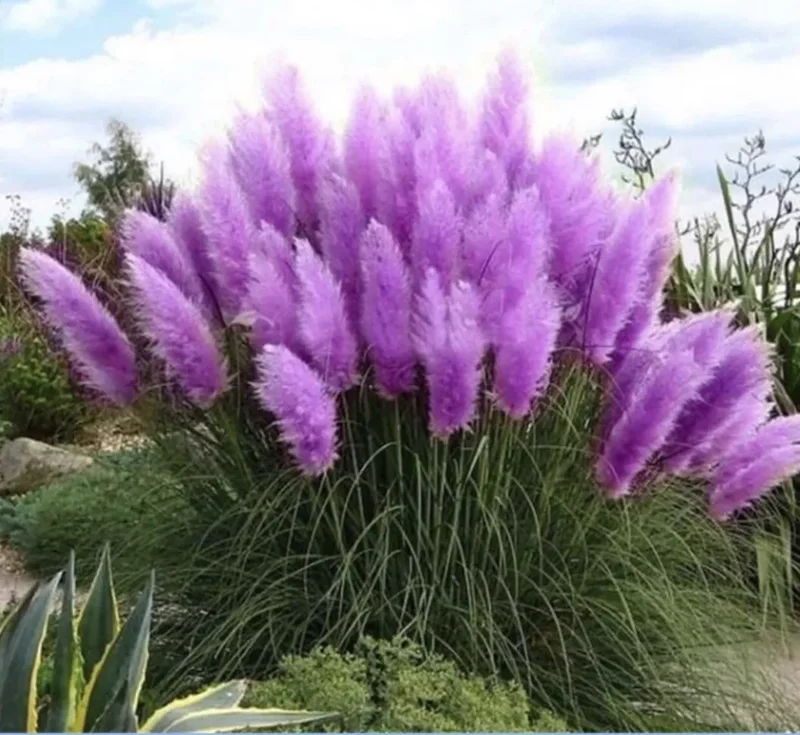
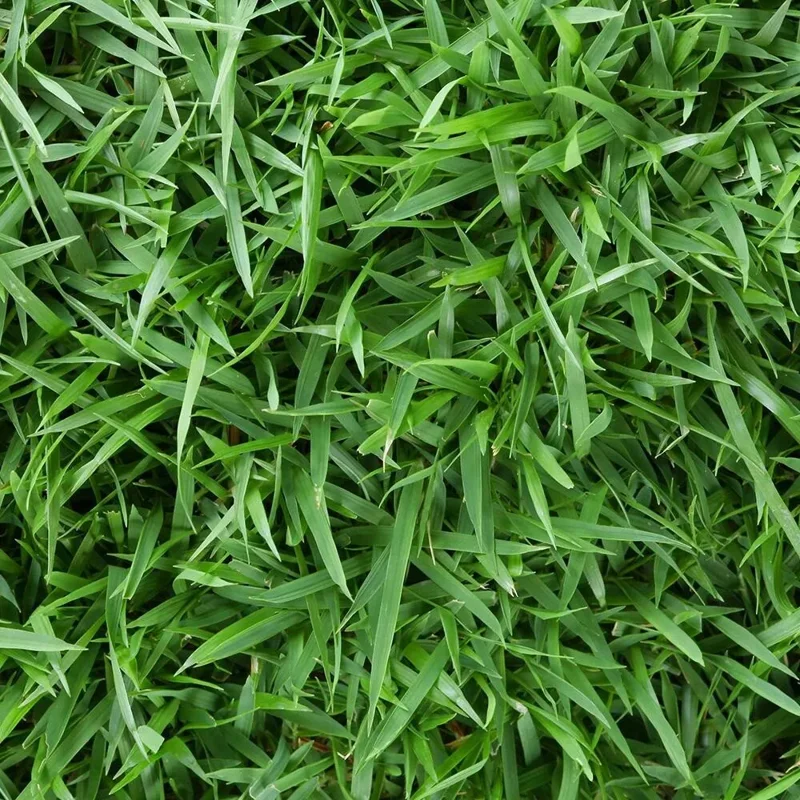


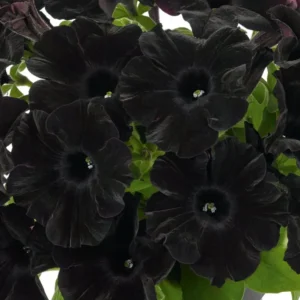
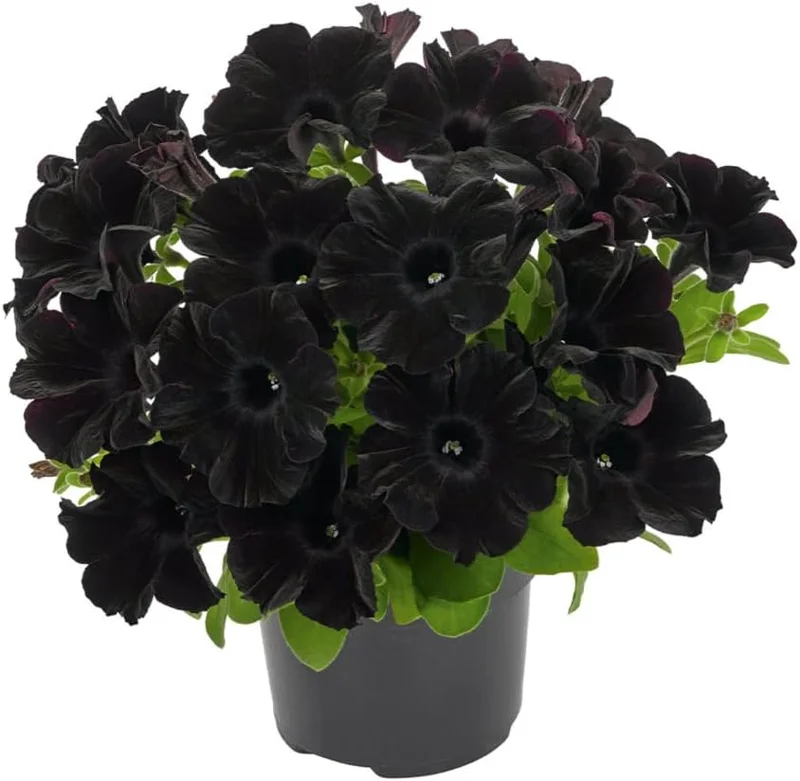

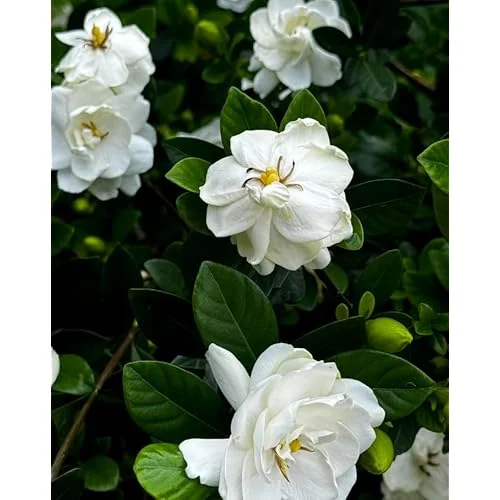
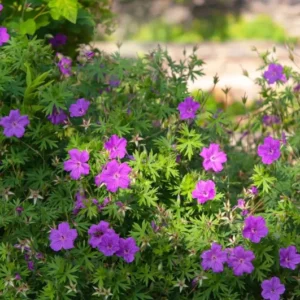
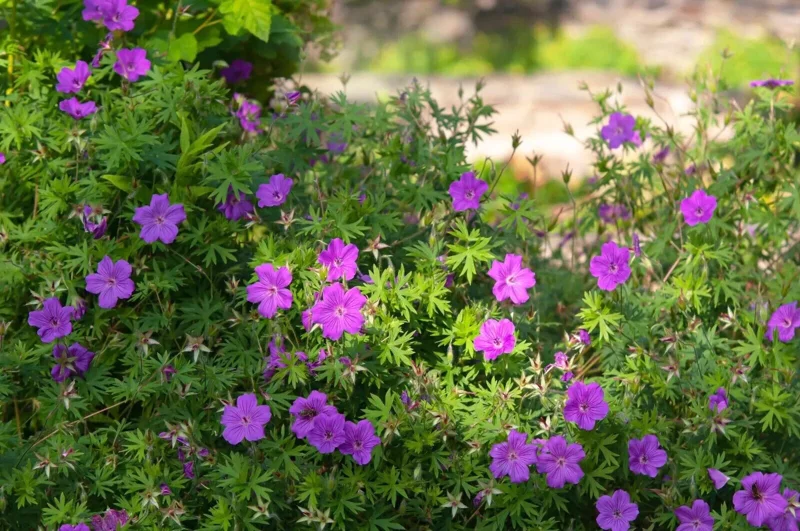
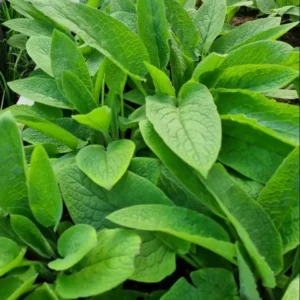
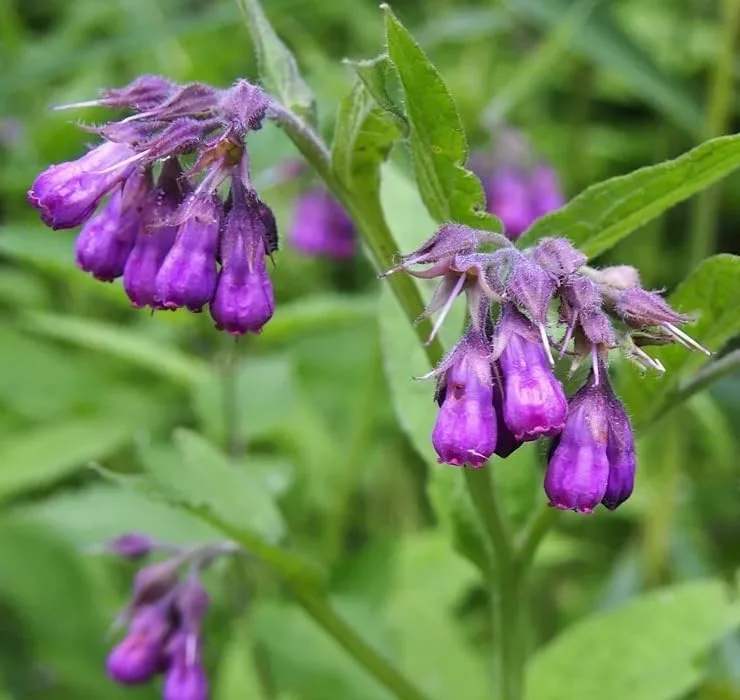
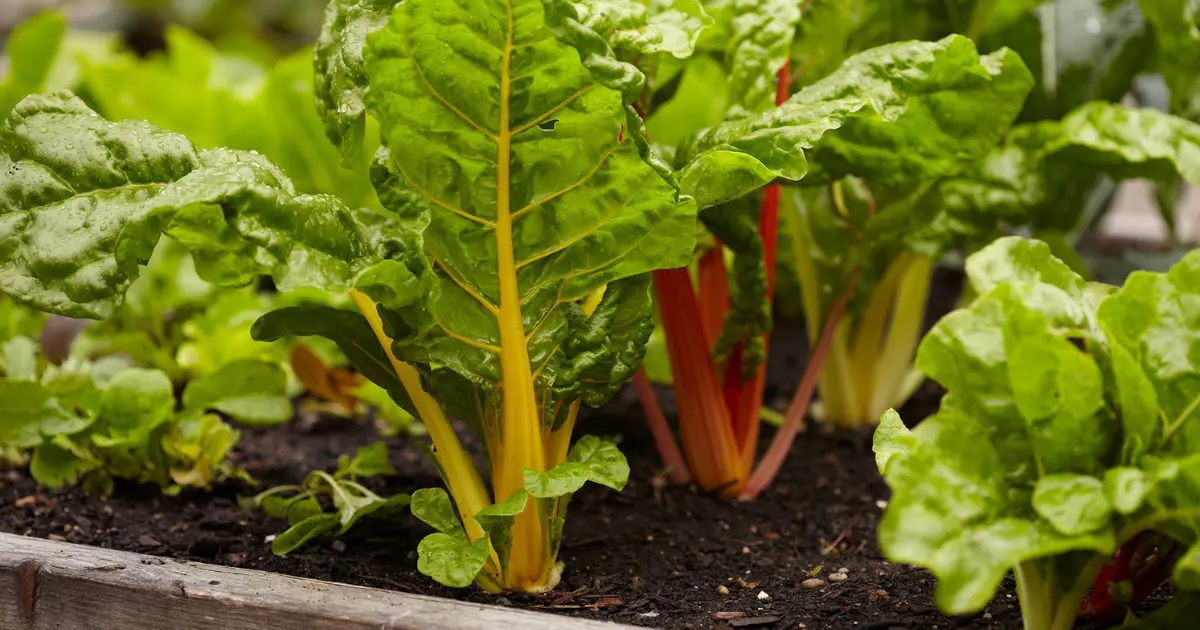
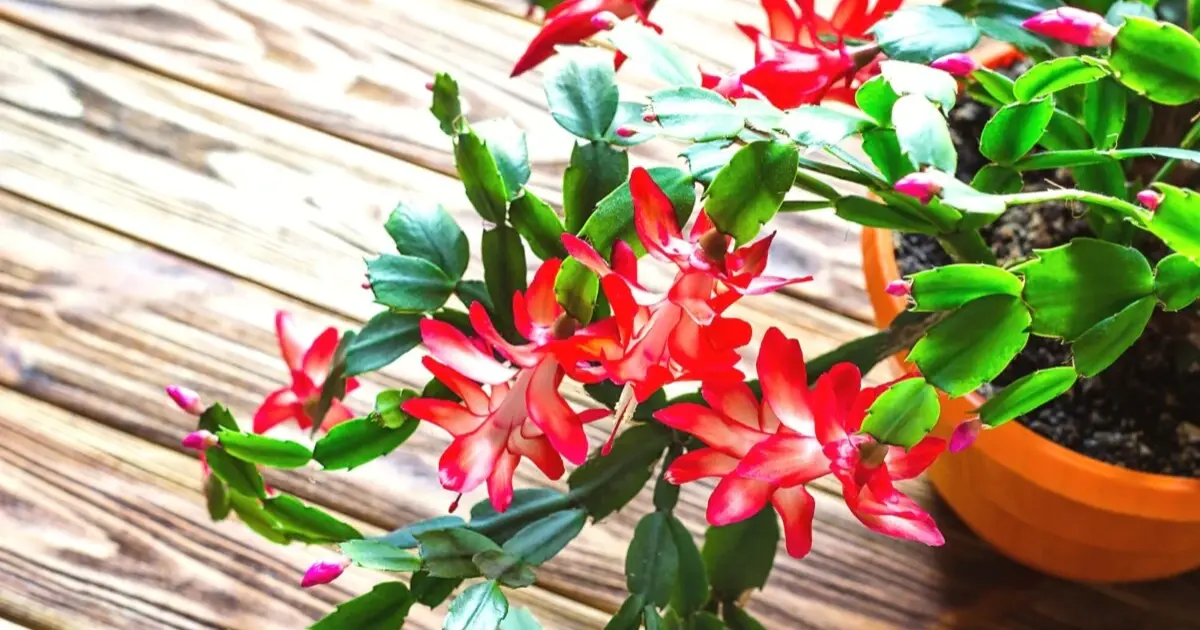
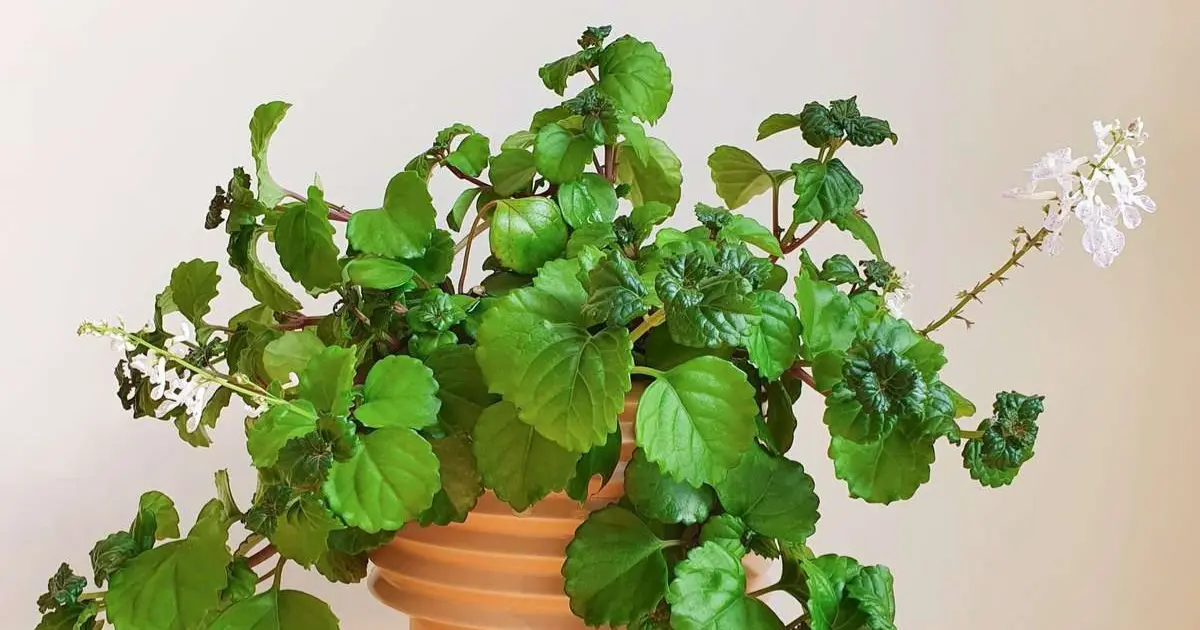
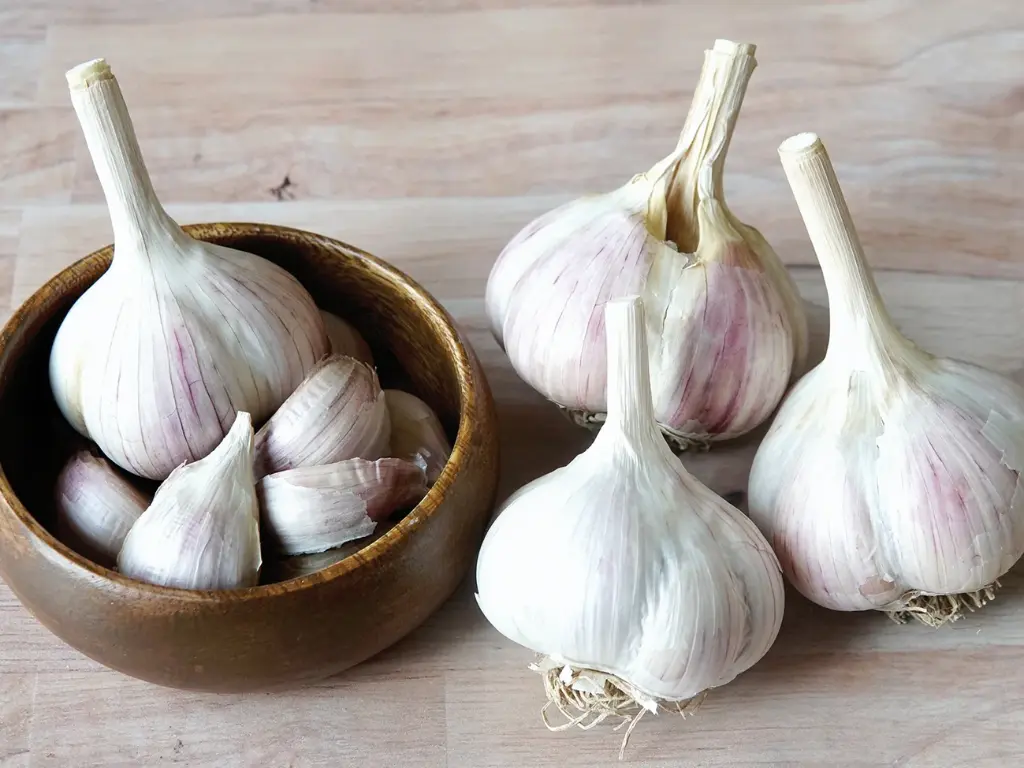
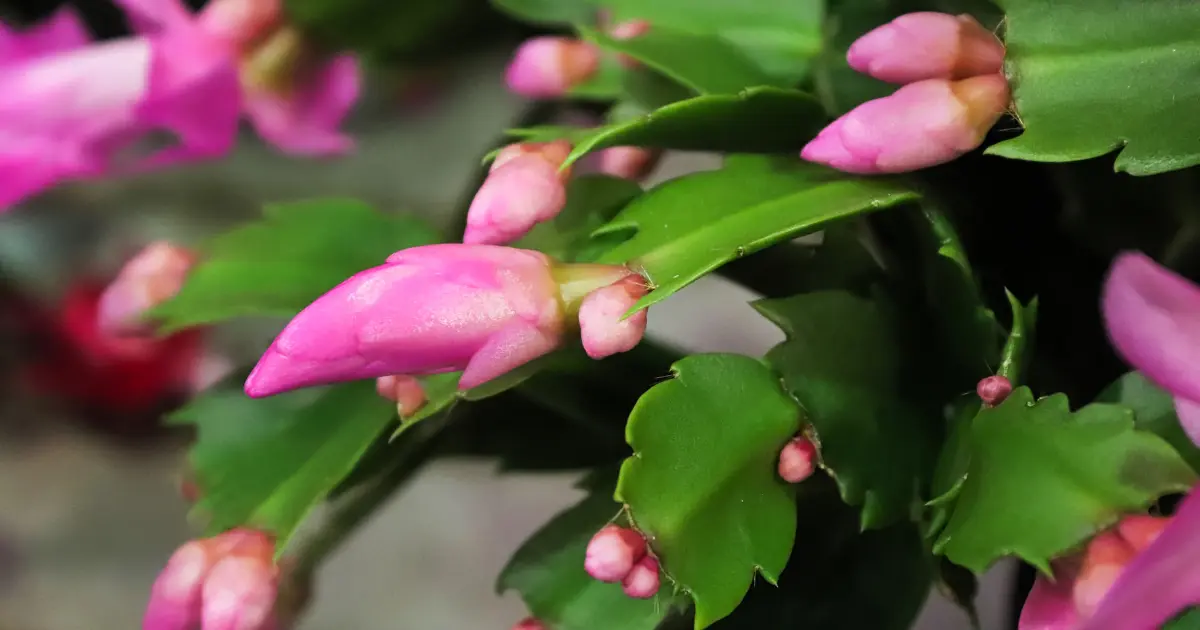

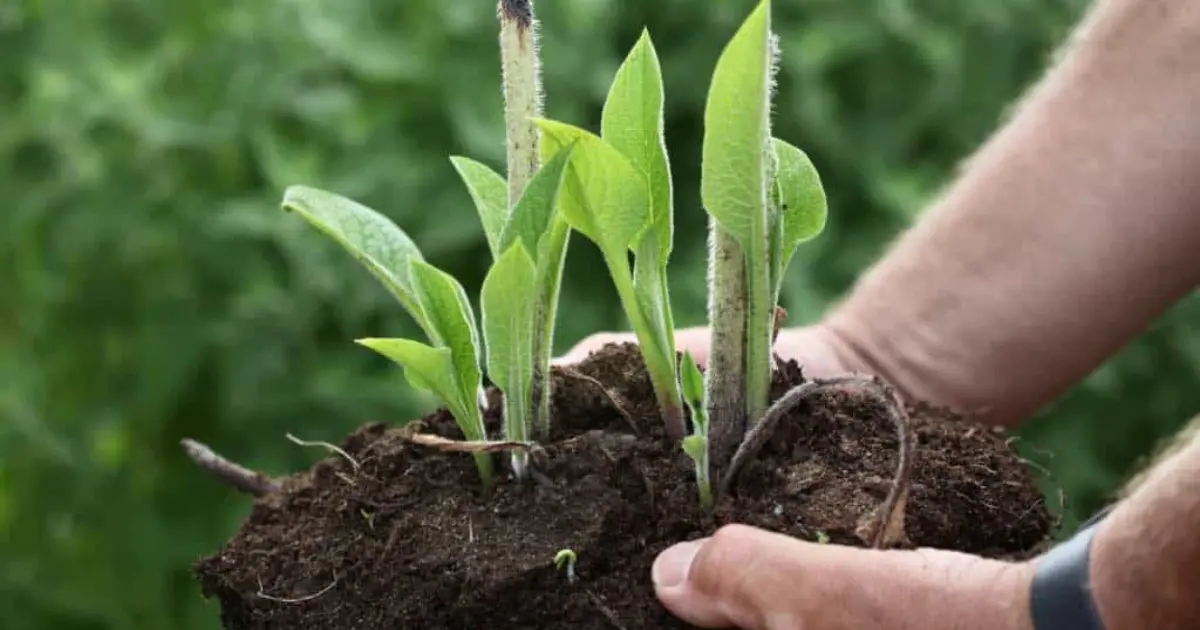
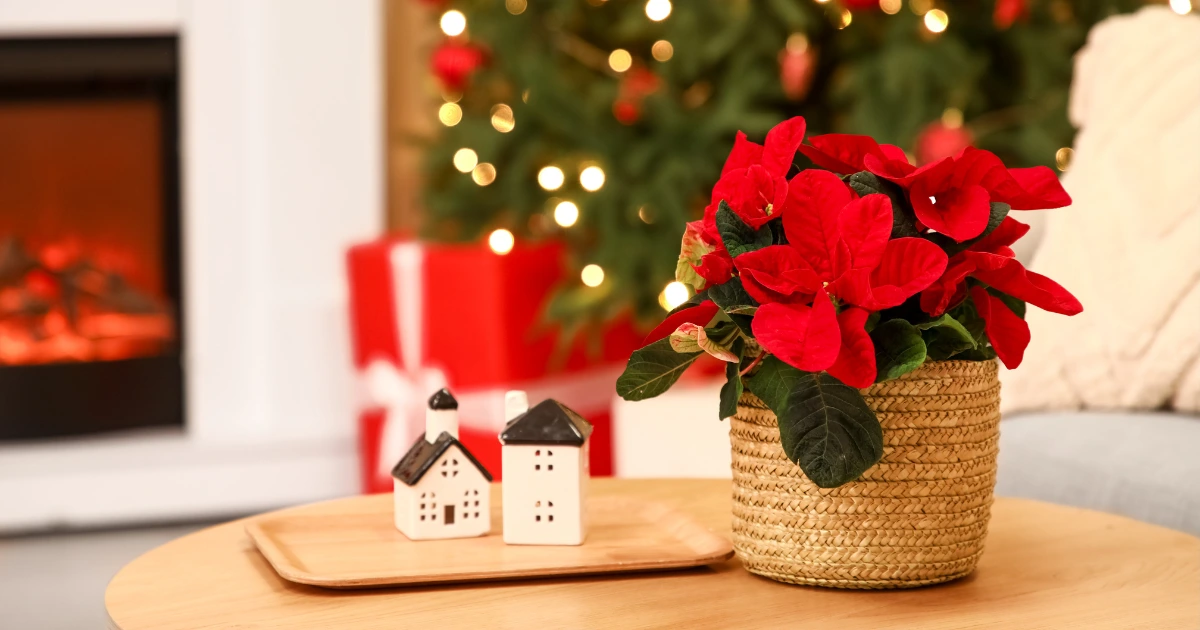


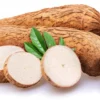
Reviews
There are no reviews yet.